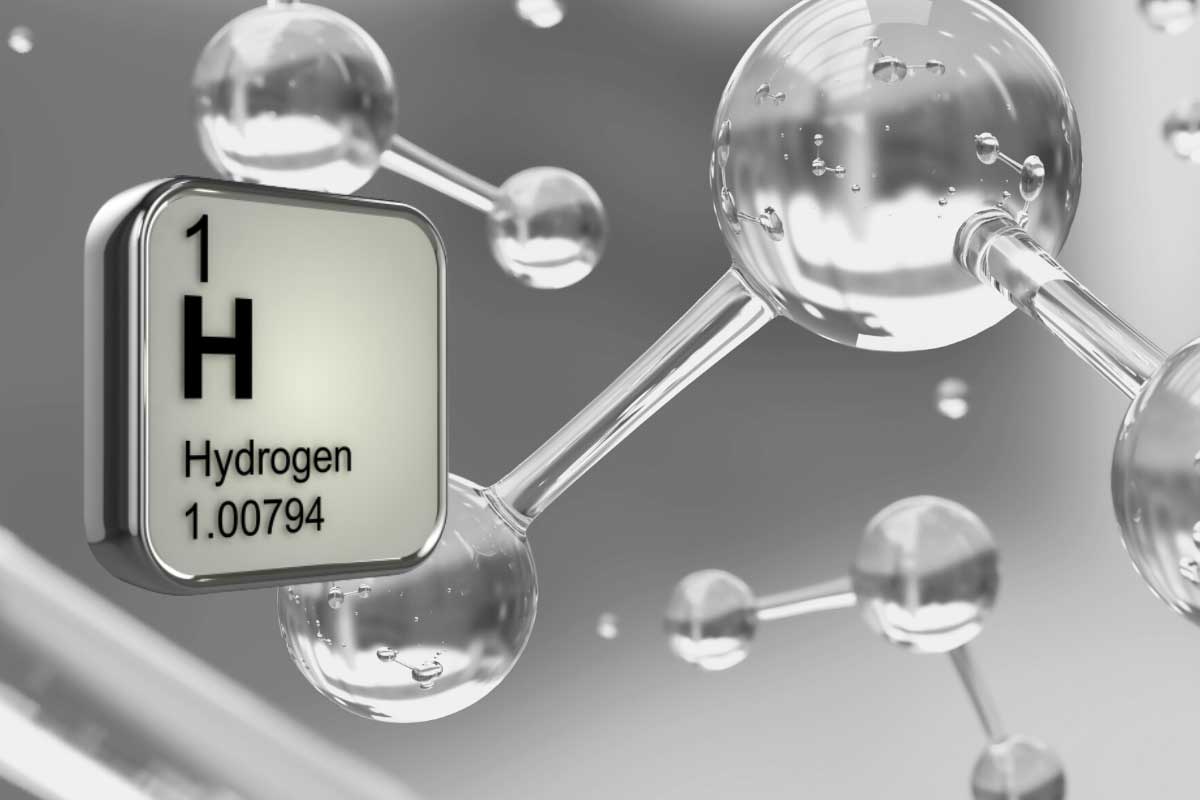
At a glance
0 min read
- With the age of fossil fuels coming to an end, the role of hydrogen is in the spotlight.
- Both steel and hydrogen have problems – put them together and they solve this. A decarbonised steel industry can be the foundation for a new, green industrial revolution.
- Australia is well positioned with its natural resources to become a world leader in a new hydrogen economy.
Hydrogen and steel. It’s a marriage made in heaven and provides the best catalyst for a carbon-free future, writes our Executive Chairman Sanjeev Gupta.
With the age of fossil fuels coming to an end, and COVID-19 accelerating thinking among captains of industry and governments that we can and need to build a better world for future generations, the role of hydrogen is in the spotlight.
And I’m excited about hydrogen’s potential because I’m planning on using an enormous amount of it. Hydrogen is going to revolutionise the steel industry and in return, steel can be the key enabler for hydrogen and help to drive its widespread adoption.
I believe a new, green industrial revolution is going to happen more quickly than most anticipate – and a decarbonised steel industry is going to be its foundation.
Steel is an essential part of our future with global demand set to double in the next 30 years, yet it’s a big carbon emitter – accounting for 9% of carbon dioxide emissions already. With many countries committing to ambitious carbon neutrality targets, clearly this is not sustainable.
On the other side of the equation, hydrogen has its problems too. In addition to its challenge of bringing down cost of production, it is also difficult to store and difficult to transport – adding significantly to its cost.
But bring steel and hydrogen together, and they can solve each other’s problems.
Here’s how.
Traditional steelmaking involves the use of coking coal in blast furnaces, resulting in huge carbon dioxide emissions. We now know hydrogen provides the key to a carbon-neutral steelmaking process and can be used in place of coking coal as a reducing agent to produce sponge iron – with the by product being water, i.e. emitting H2O rather than CO2.
Currently, however, the hydrogen supply chain is costly and challenging. Each stage of storage, liquefying, shipping and re-gassing, adds to the cost of a tonne of hydrogen – and that’s on top of the capital cost of the plants and infrastructure required.
By using hydrogen to make steel in-situ i.e. immediately where it is produced, you can solve the storage and transport problems. This coupled with bringing down cost by using large scale renewable energy in key locations with favourable renewable resources, will allow us to produce competitive GREENSTEEL totally free of fossil fuels. In addition it will enable large and effective consumption of hydrogen allowing the hydrogen industry to develop rapidly.
It makes more economic sense for Australia to produce and export GREENSTEEL than to export hydrogen. Value added GREENSTEEL will be in high demand globally given the growing momentum on decarbonisation. This could be the foundation for an industrial revival in Australia offering it the chance to be a global leader in a new hydrogen economy.
We’ve been working hard on this through our GREENSTEEL transformation plans at the Whyalla Steelworks, in South Australia.
Whyalla’s time to shine on the world stage is now. It has the best conditions for solar and onshore wind energy anywhere in the world (hence our 280MW Cultana Solar Farm initiative), abundant magnetite iron ore reserves which enable new, less carbon intensive technologies and processes to be used, a deep-sea port, a skilled workforce and supportive community and government. All the necessary ingredients are there for a world leading GREENSTEEL hub.
The potential benefits, with hydrogen production established, go well beyond steel and would position South Australia as a global hub for fuel cell technology, research and development and advanced manufacturing. Instead of being content to be the world’s quarry and farm, Australia can play a different role in the new industrial world and make a massive positive contribution to climate change.
This revolution will happen, it’s just a question of where. Australia’s opportunity to be a world leader in hydrogen and GREENSTEEL is now, but it has to grab it.
China has built the world’s largest electrolysers and is pouring billions into fuel cell technology, Germany has committed to spending €9bn on hydrogen development and France wants to have the largest hydrogen production capacity in Europe by 2030. Sweden has already built a pilot plant producing what they describe as emissions-free steel using hydrogen. But what strikes me about this is that none of these countries have the same degree of natural advantages and resources that Australia has for hydrogen and hydrogen steel production.
For Australia to take its rightful place at the front of the pack we need the right policy and financial framework to incentivise investment and joint-ventures with technical partners in long-term hydrogen projects. It will require collaboration, commitment, ambition and follow-through – and a genuine appetite to create a sustainable future for industry and the societies we serve.
Carbon-based industrial revolutions of the past have brought many benefits around the world, but also the legacy of climate change. The next industrial revolution will be based on hydrogen and is about to happen. It is an economic prize worth fighting for, but perhaps more importantly it can be a legacy our generation can be proud of, building a better future for our children and generations to come.
This opinion piece appeared in The Australian.
